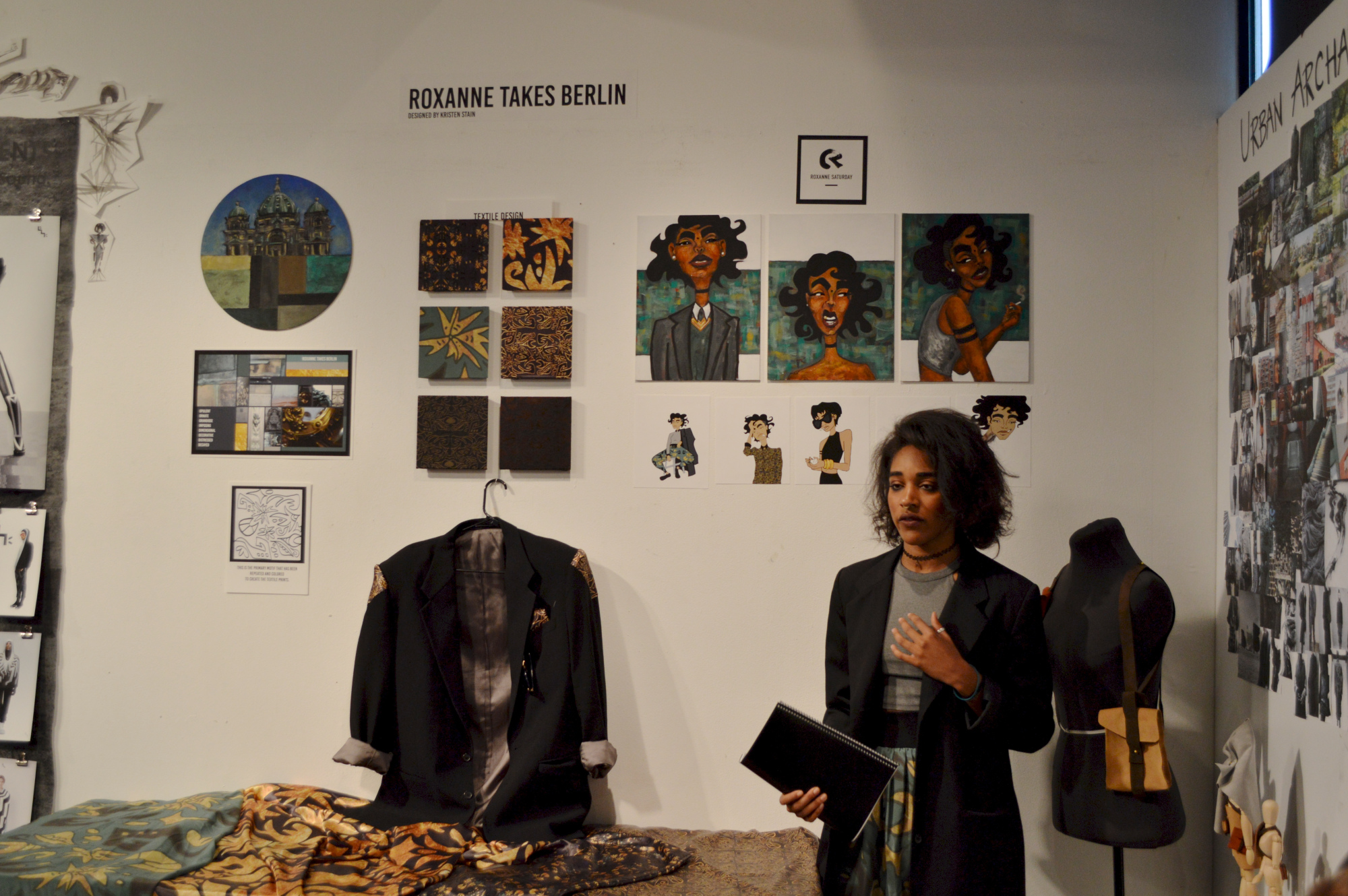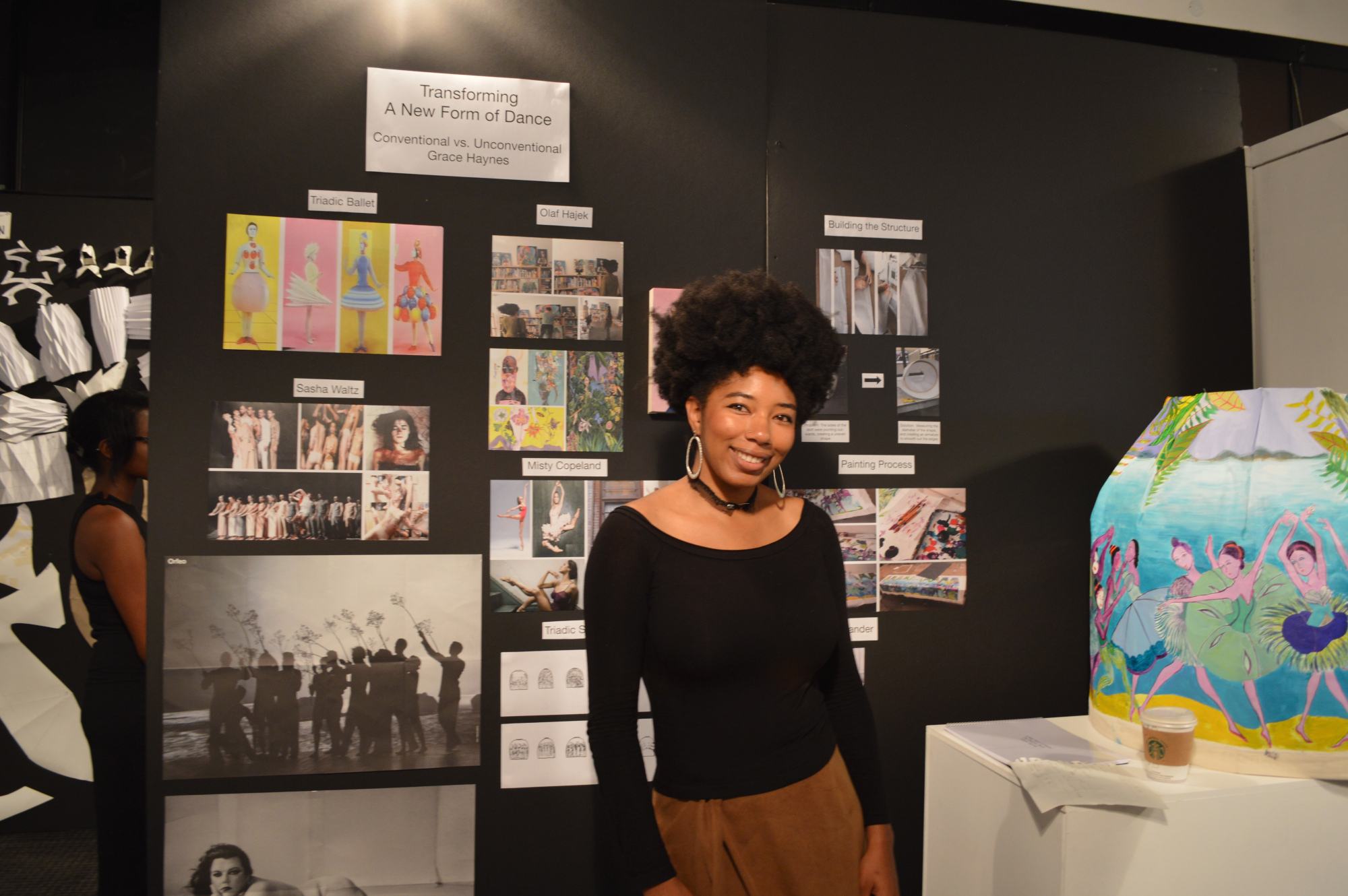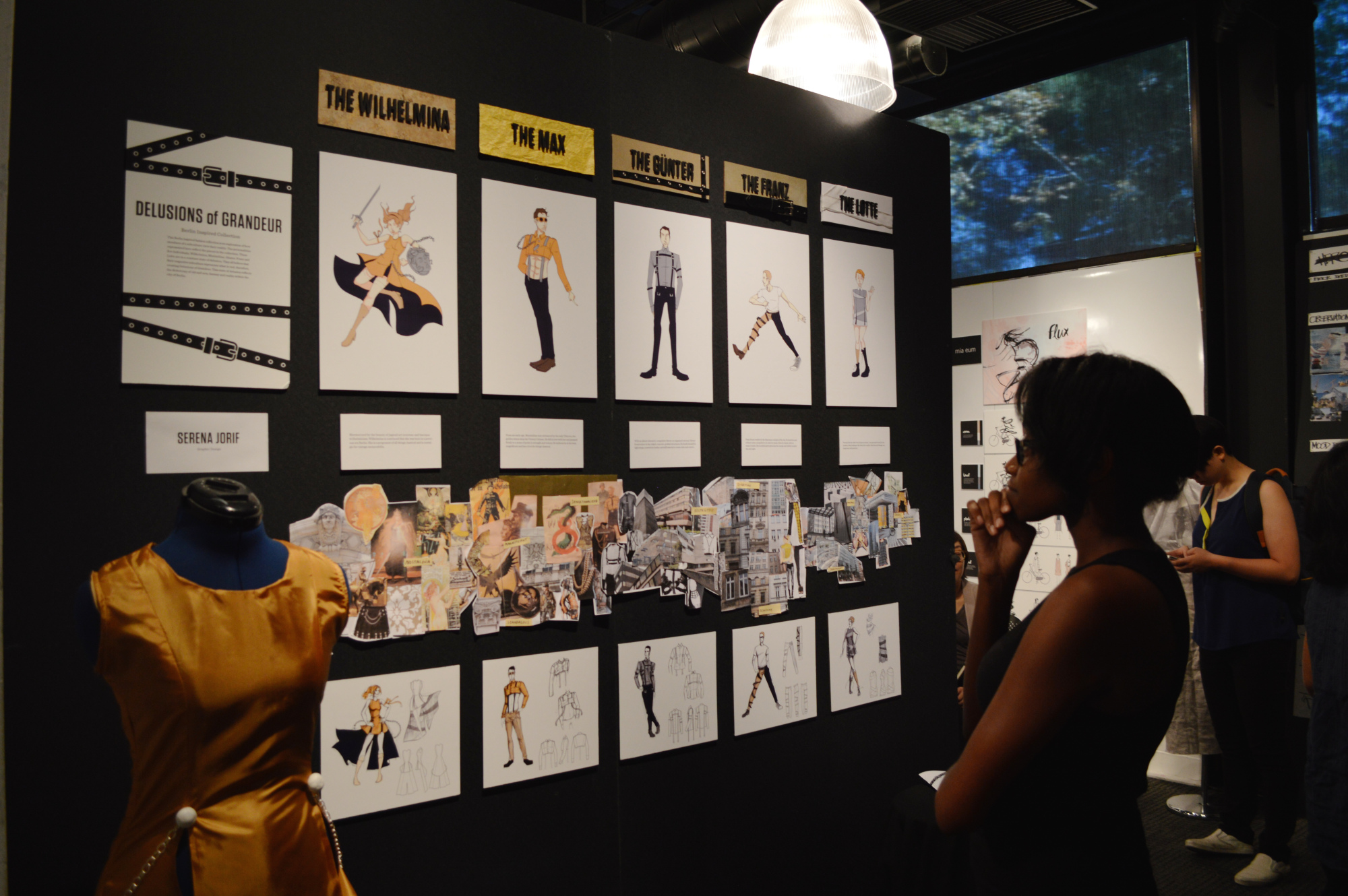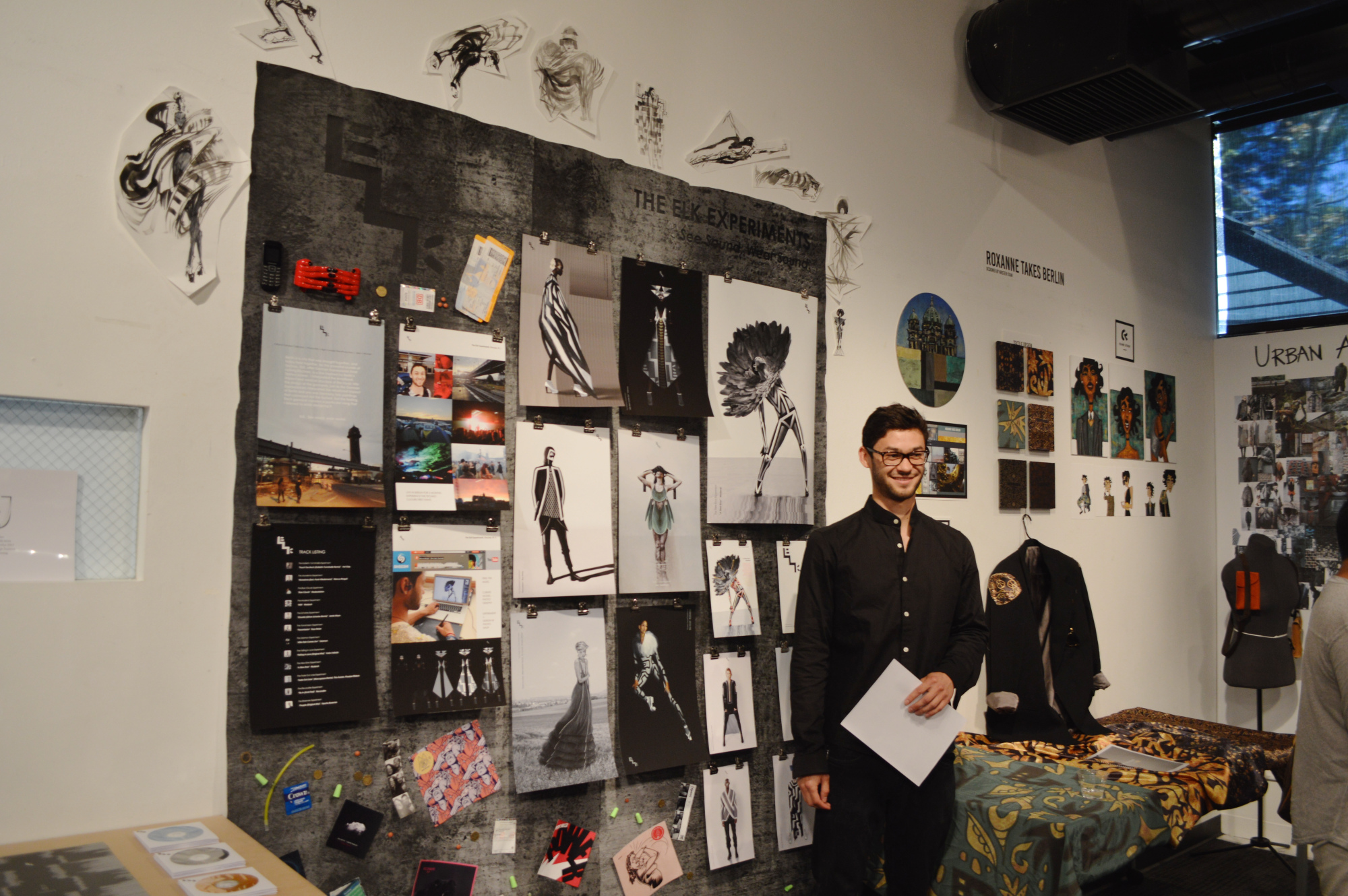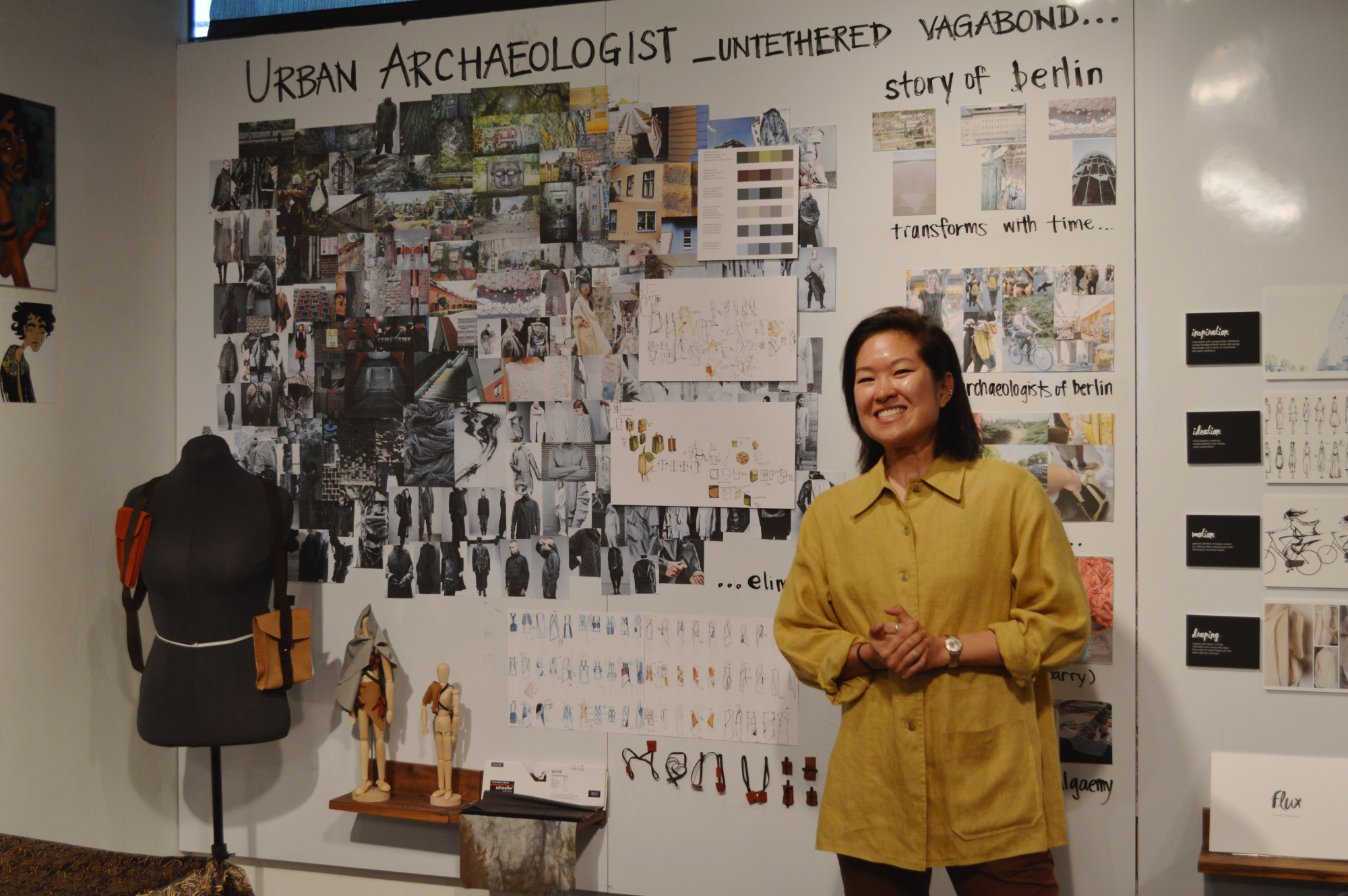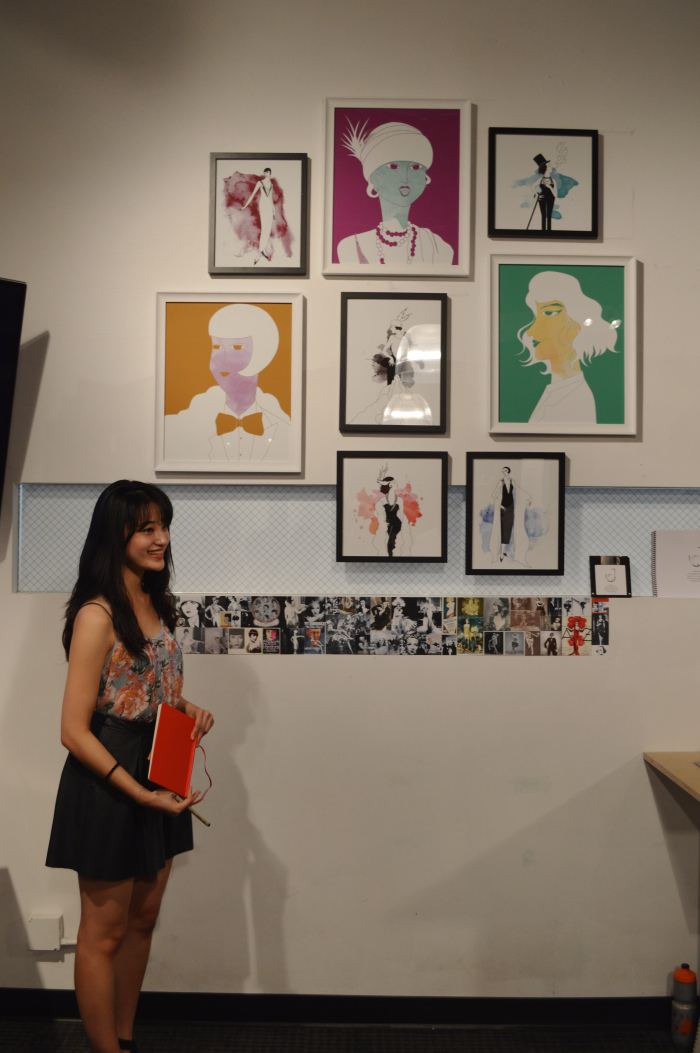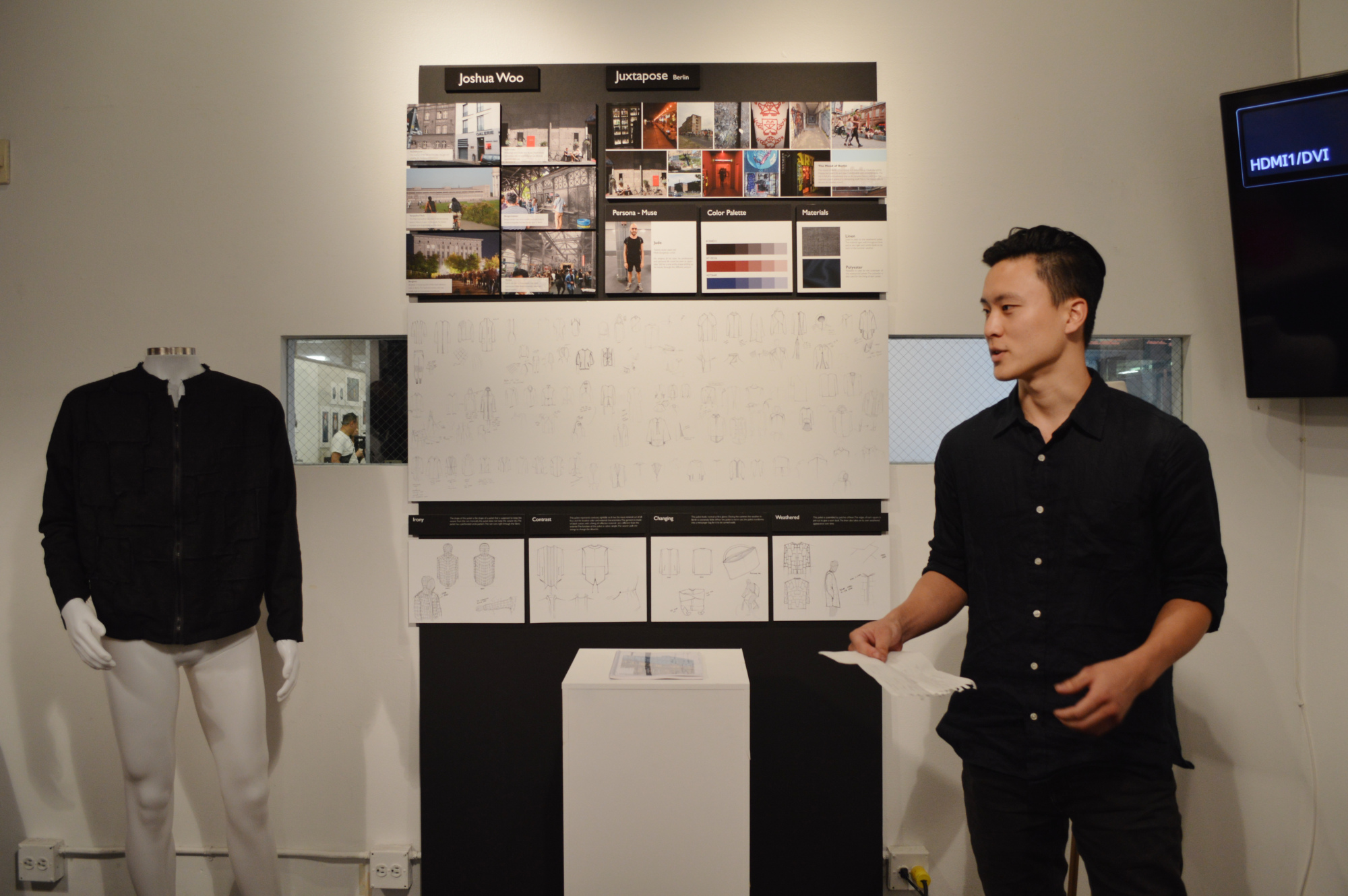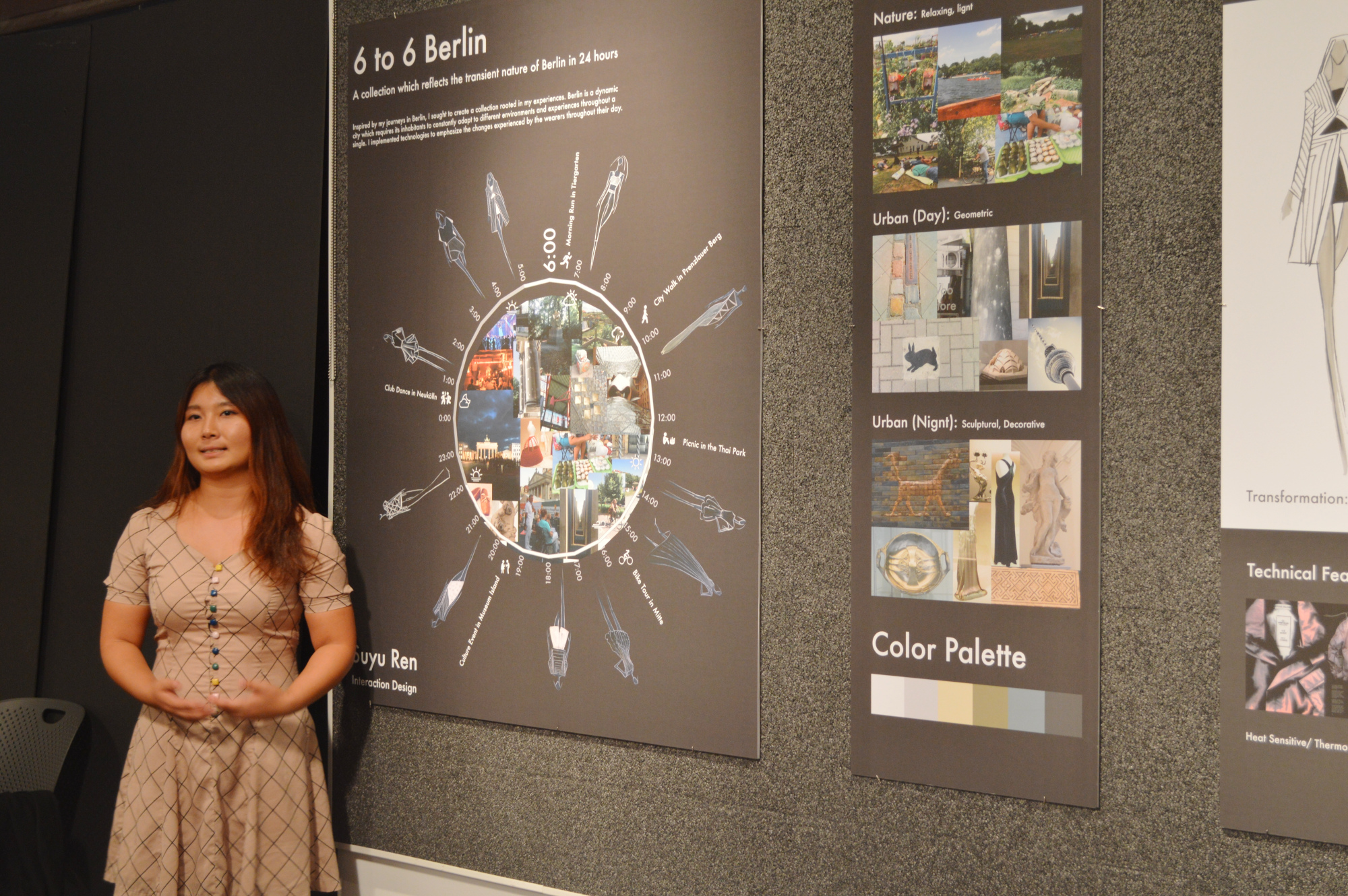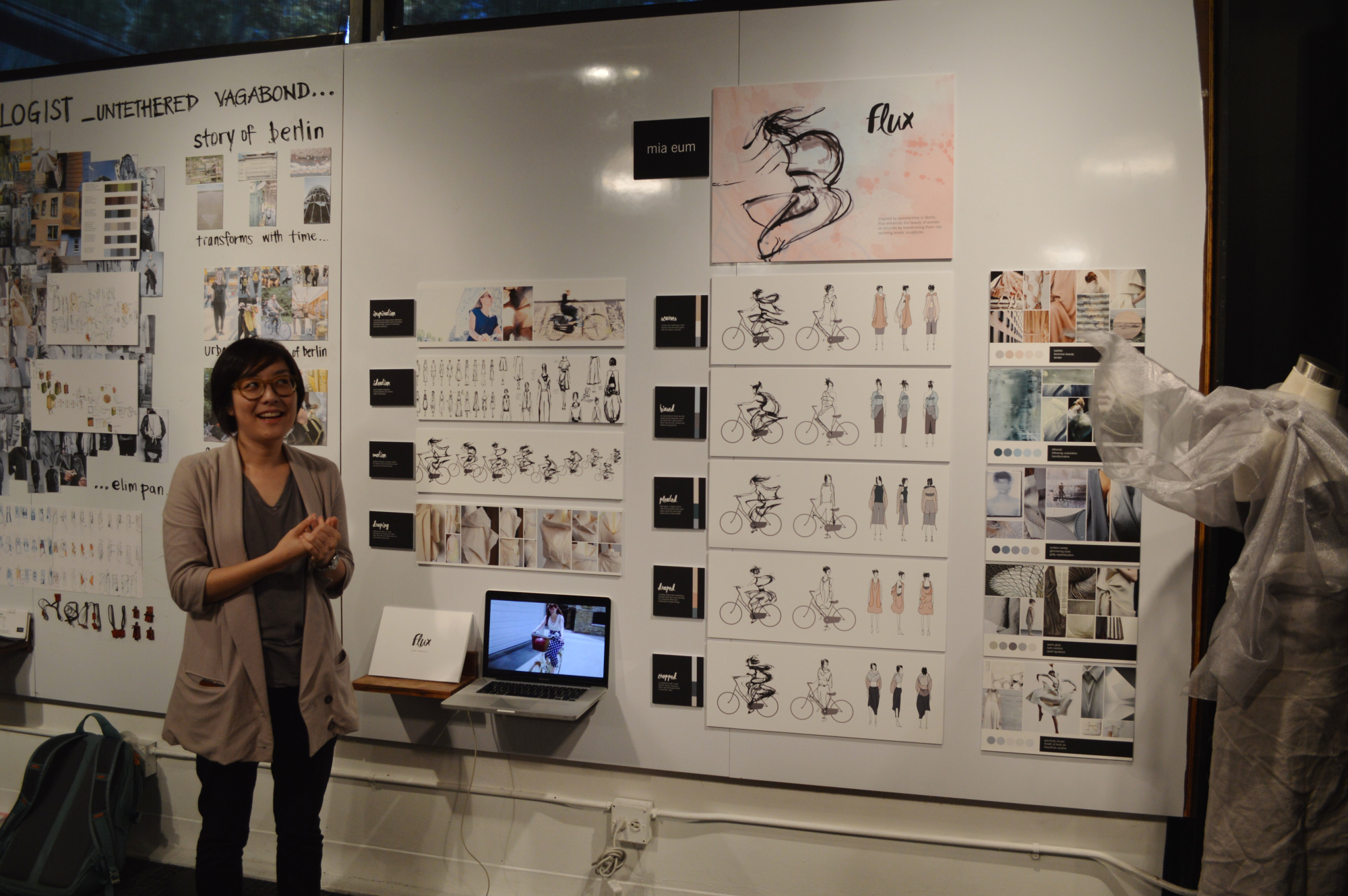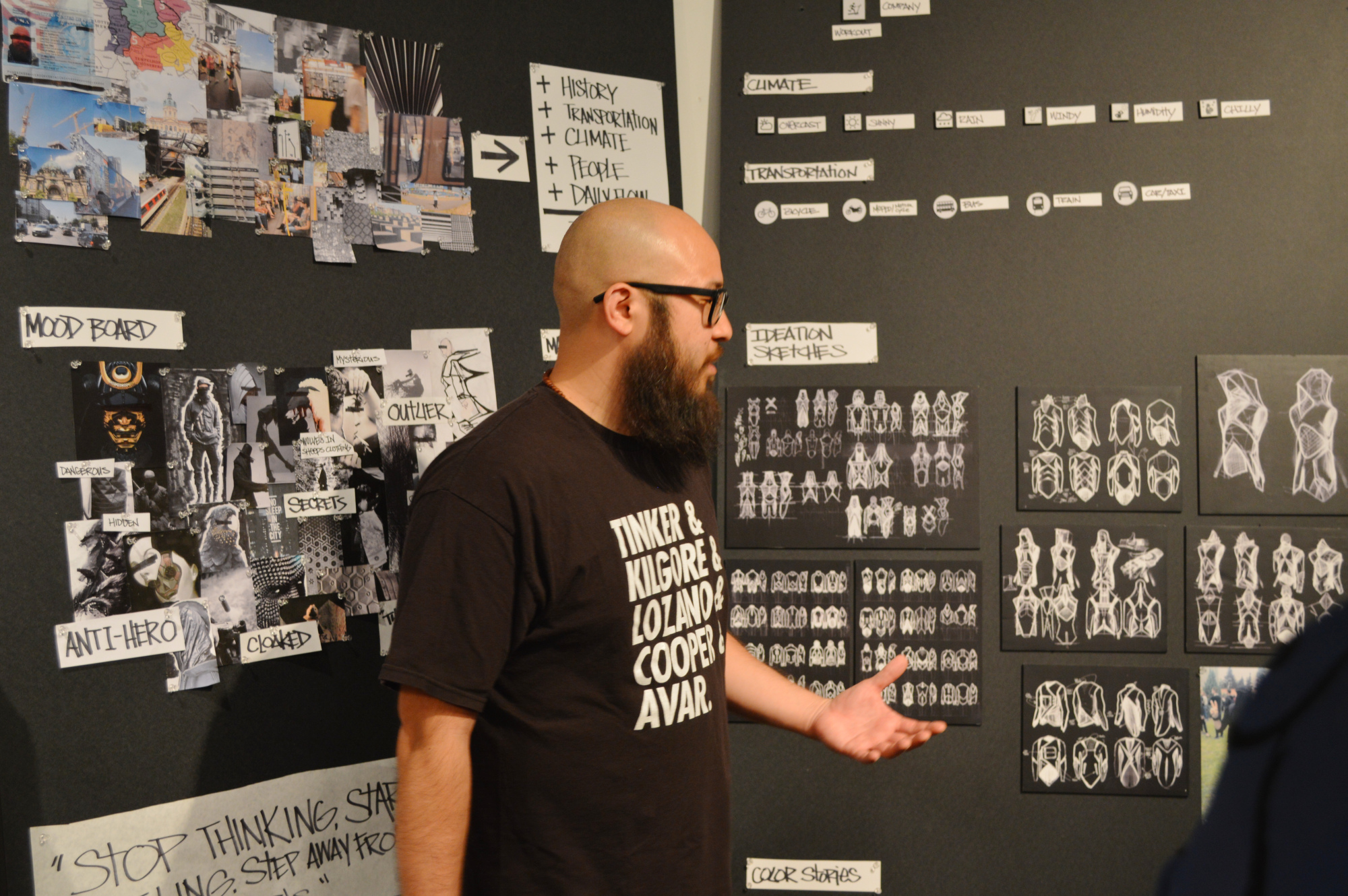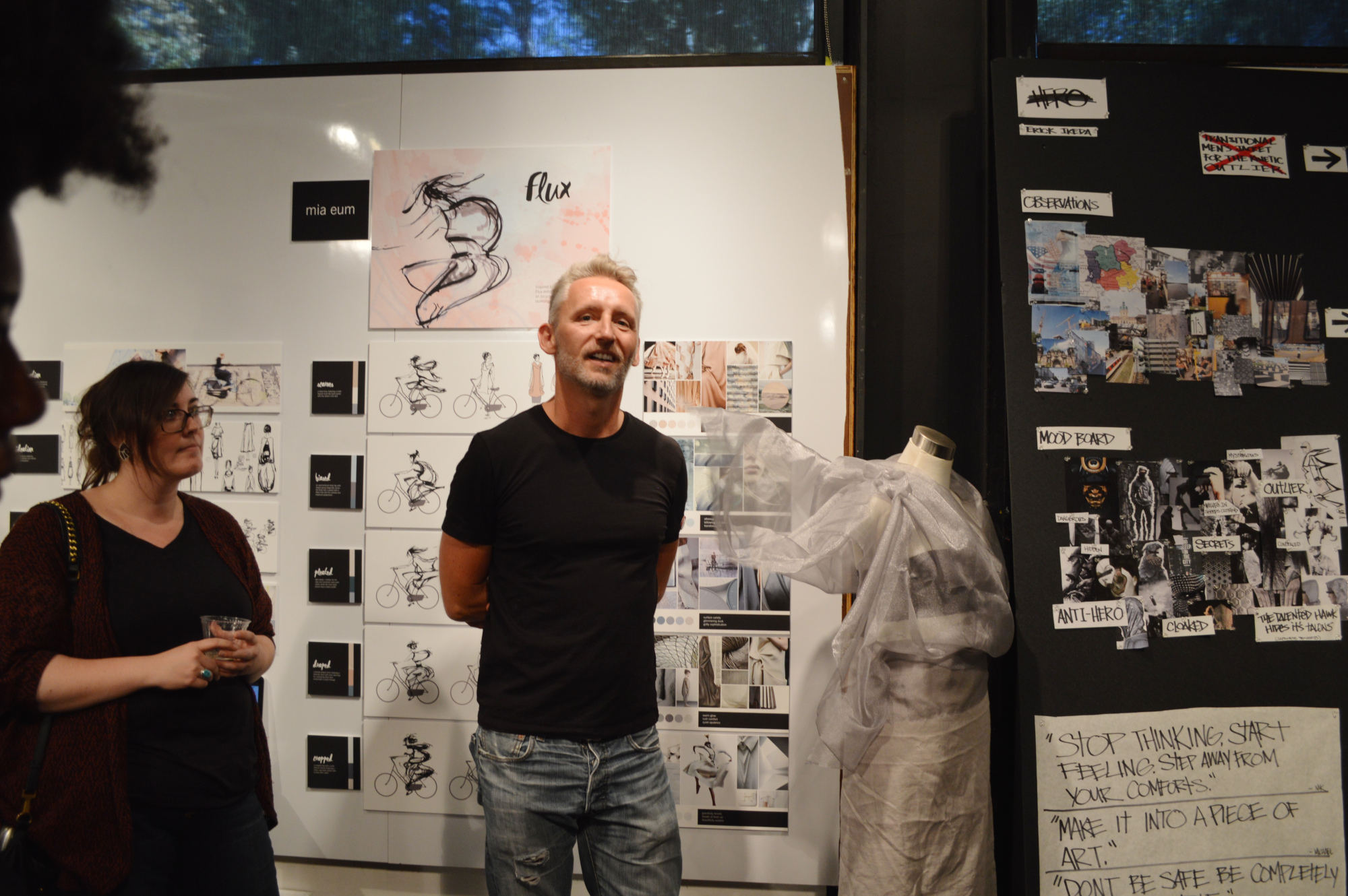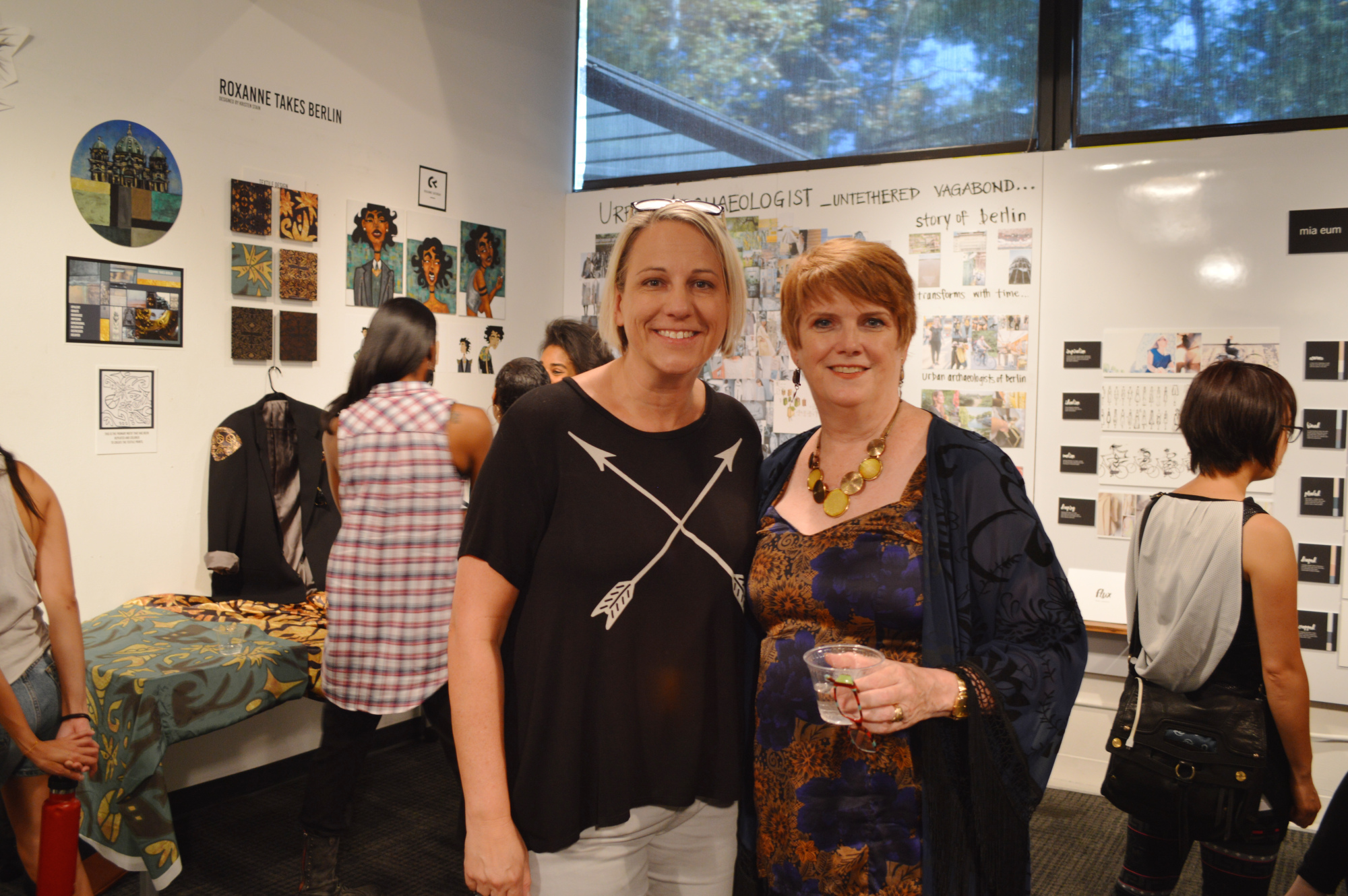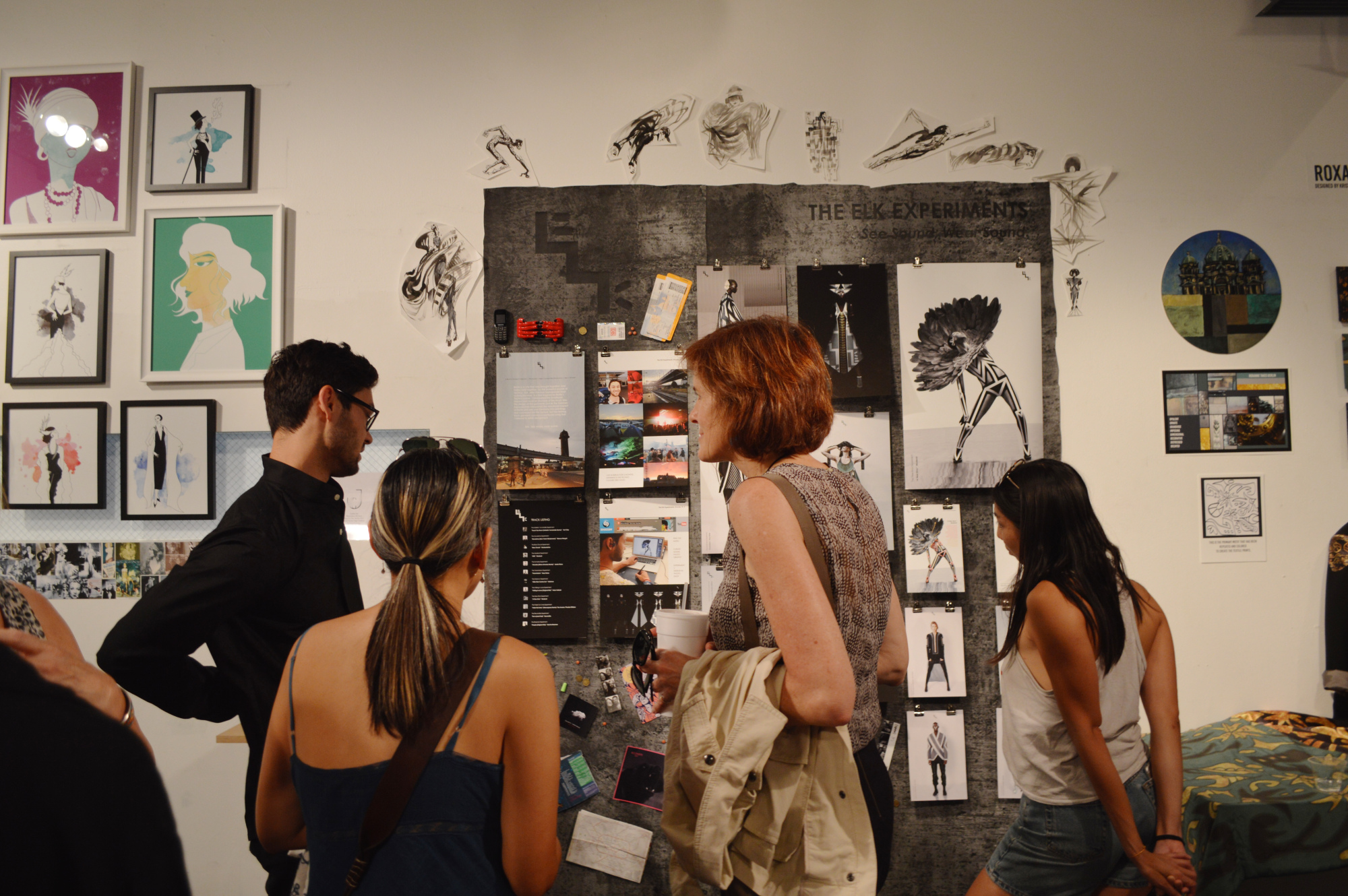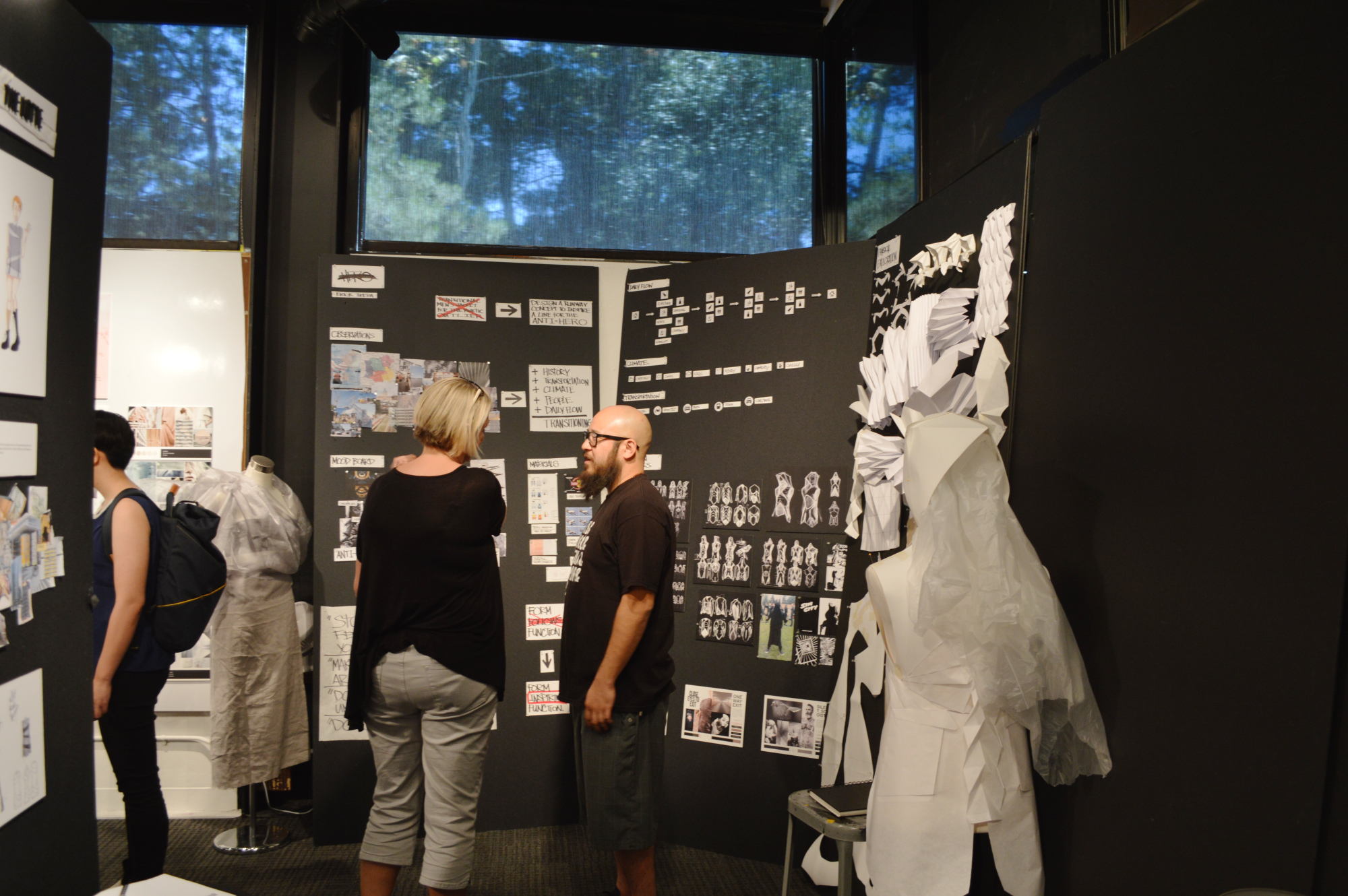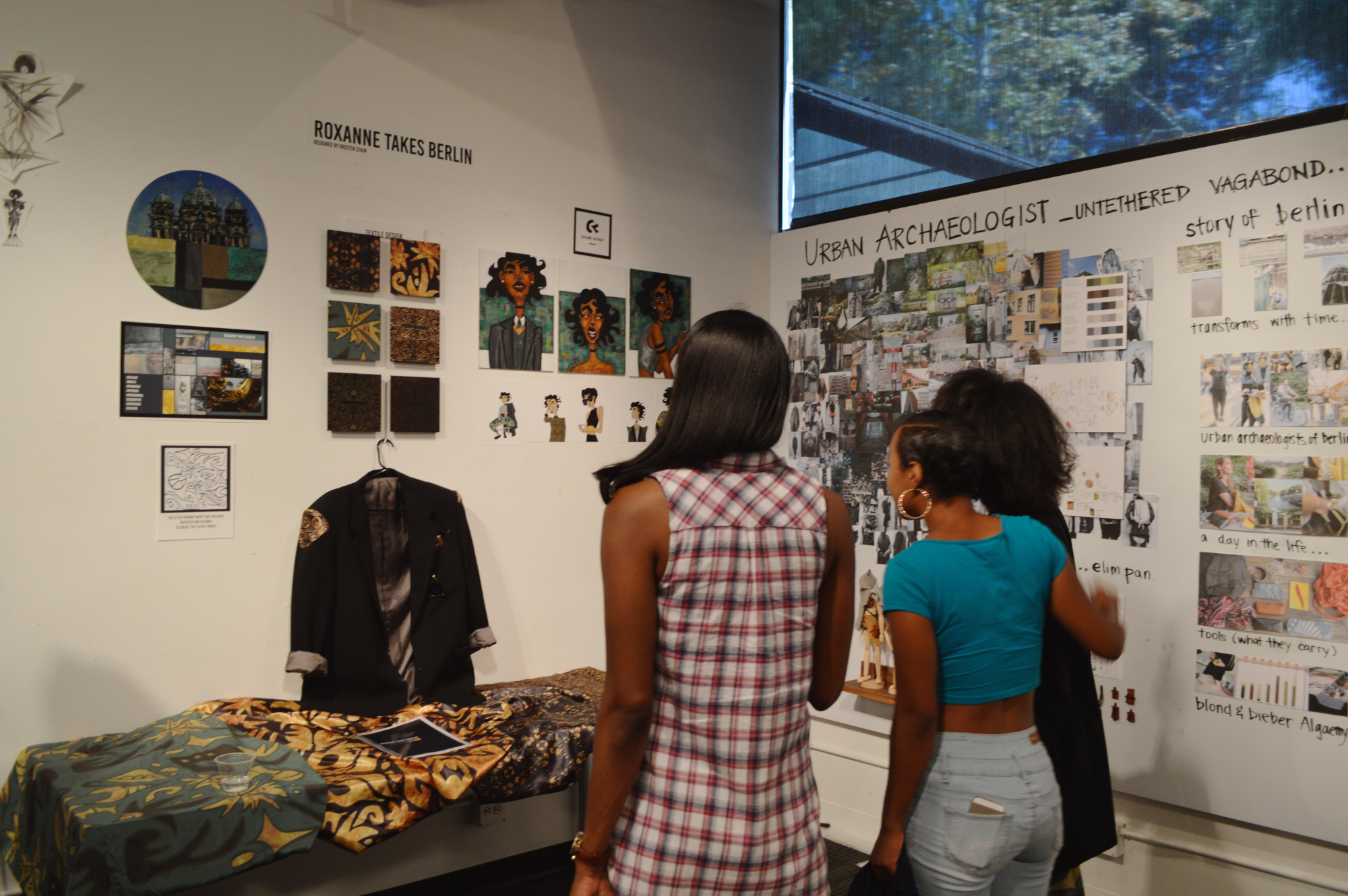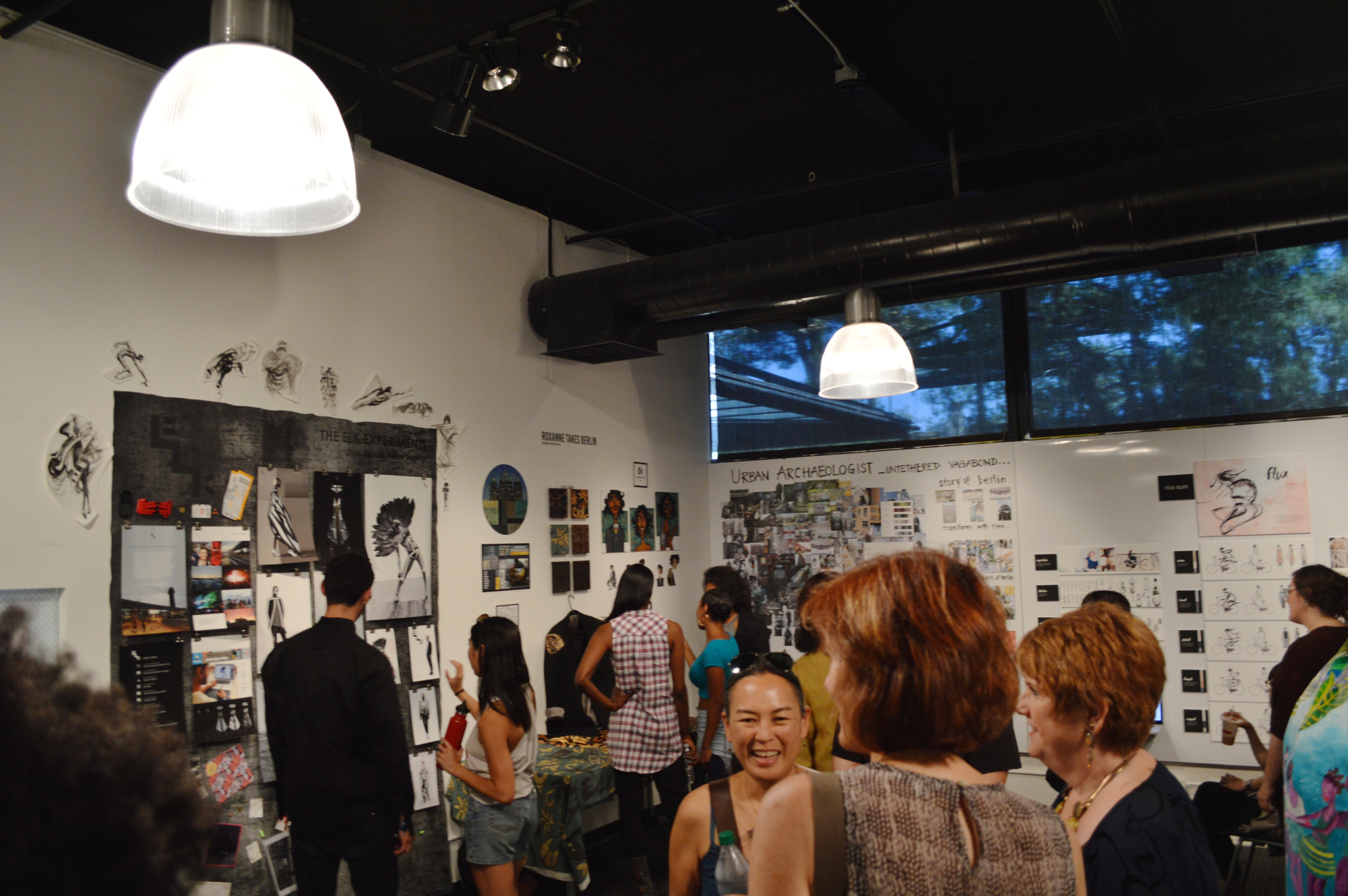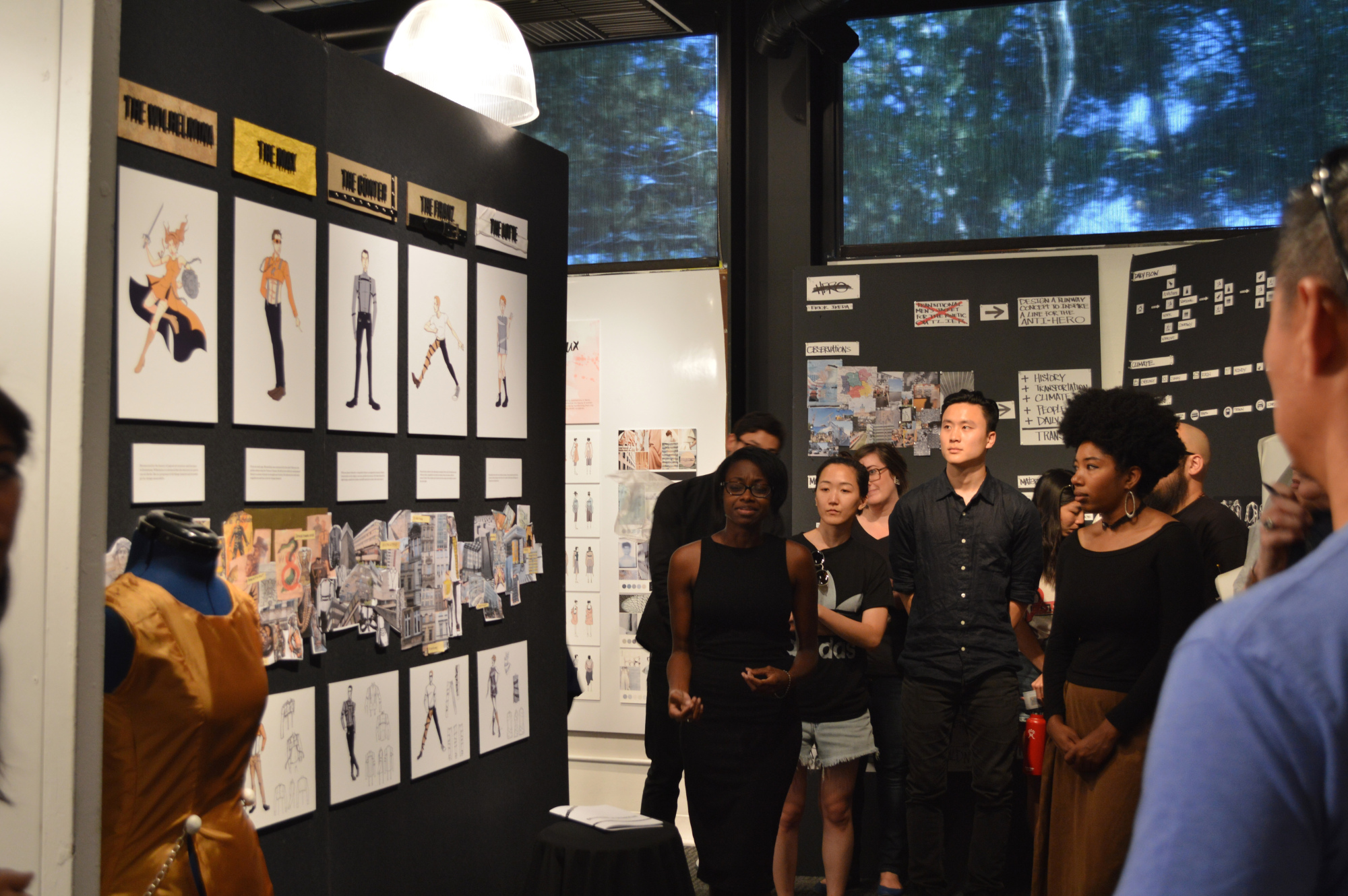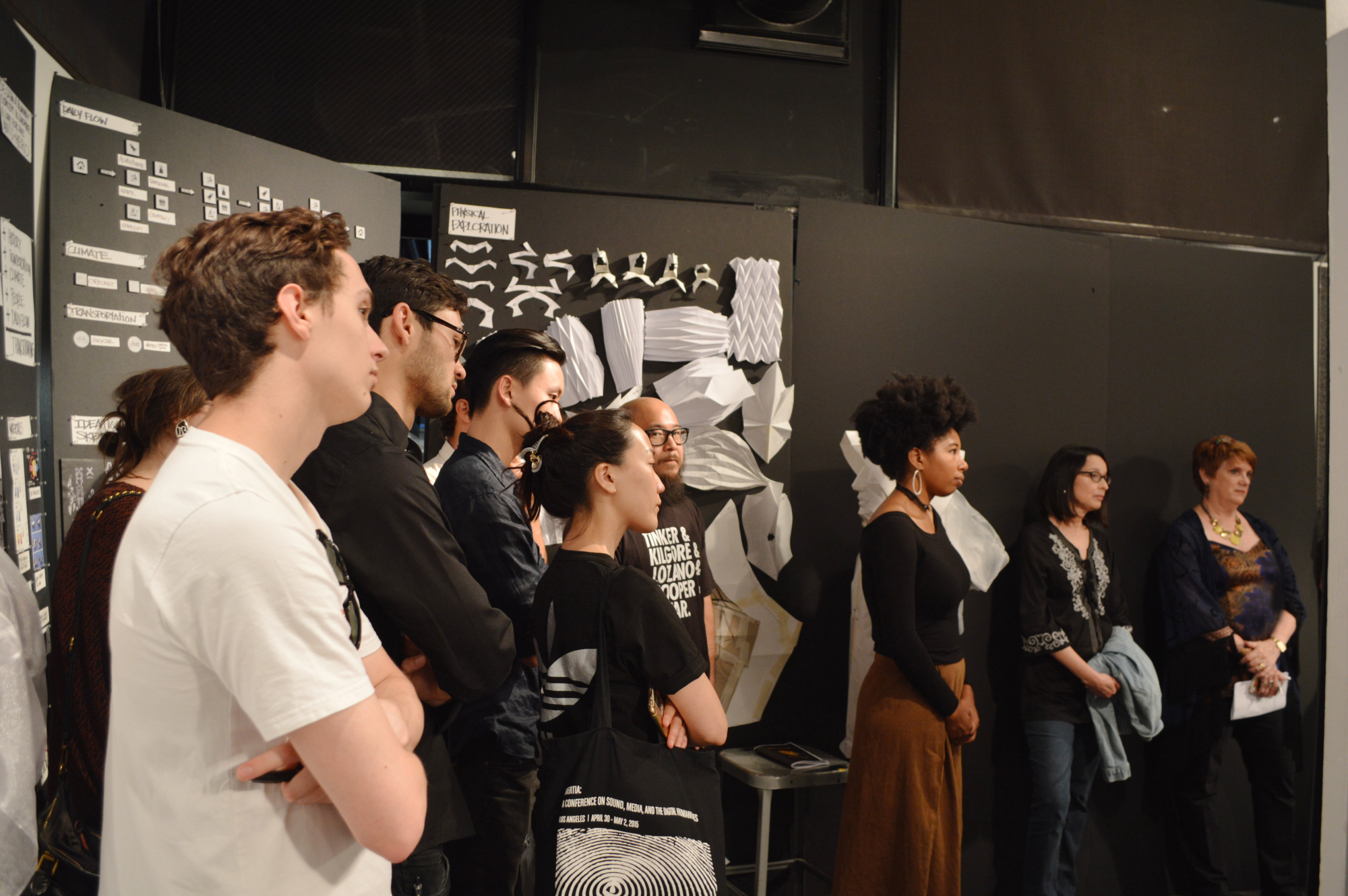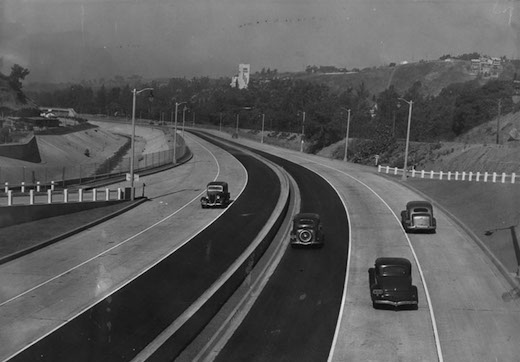An excited crowd gathered around Ting Wu’s Kaleidoscope exhibit, spilling out into the Hillside Campus hallways during ArtCenter’s Fall 2015 recruitment open house. Inspired by the toy she loved as a child, Wu wondered what it would be like to experience the inside of a kaleidoscope. Weeks of user testing and research for the Play Studio assignment paid off: The popular interactive installation transformed the joy of the single user toy into a shareable immersive and, yes, kaleidoscopically cool experience. Visitors hastily snapped selfies of their own digitized images while others used the installation to create stunning art. Perhaps most significantly, this unqualified Grad Show hit represented an important ArtCenter milestone: Its creator would soon become a member of the first class of ArtCenter students to earn a Bachelor of Science degree in Interaction Design, the College’s youngest undergraduate program.
Tag Archives: Interaction Design
Totally MAX’d Out: Adobe debuts showstopping digital design tools, Fujifilm partnership amid pyrotechnic razzle-dazzle
Like conventioneers to the swag table, over 7,000 creative professionals from the four corners of the globe descended on the Los Angeles Convention Center last week for Adobe MAX 2015, Abobe’s annual celebration of creativity and their amazing tools that help designers turn imagination into reality.
This year’s theme “Changing the World Through Digital Experiences” resonates well with Art Center’ ethos of changing the world through design—design made possible in large part by Adobe’s ever-widening, ever-more-powerful line up of creative software. Indeed, many of the greatest changes that design will enable in the coming years will likely involve Adobe’s Creative Cloud at some point in the creative process.
Explore. Reform. Succeed: How psychographic profiles drive Graphic Design’s innovative new website
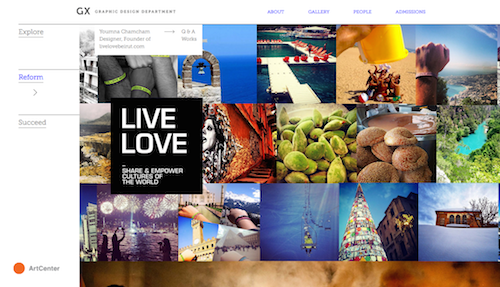
Graphic Design alum Youmna Chamcham takes a Reformer’s approach to design
When a highly regarded graphic design program launches a new website, it’s often received by design community with the heightened levels of scrutiny and anticipation reserved for the latest iPhone unveiling. And those expectations become stratospheric when that academic department happens to have distinguished itself with its pioneering transmedia curriculum.
But all that pressure to dazzle the design world did not deter ArtCenter Graphic Design Chair, Nik Hafermaas, from breaking with convention in both the conception and execution of his department’s newly minted website. Instead, Hafermaas recruited a core group of innovative designers to take a distinctly idiosyncratic approach to developing and building the content of the site around a set of user archetypes known as “psychographics,” based on demographic research of likely visitors. The look and feel of the site was then created based on the written psychographic Q&As that Graphic Design faculty member Guillaume Wolf had assembled as the site’s driving conceit.
Hafermaas’ risk paid off. Artcenter.edu/gx launched to great acclaim earlier this month. As the raves continued to roll in, we seized the opportunity to ask Hafermaas to illuminate the unconventional process that lead him to create a site inspired and inhabited by the presumed end user.
From techno to wearable tech: Study abroad students showcase Berlin-influenced wearables
“Head to Toe, Berlin” was a study abroad upper term course involving ten students from Product Design, Interaction Design, Graphic Design and Illustration. With nine weeks in Berlin, this immersed students in the design, textile and fashion industries of Berlin. Through field trips to designer studios, museums as well as input from professional guest speakers and studio work sessions, students were empowered to develop their own collection of designs focusing on head to toe wearables: apparel, accessories, soft goods, textiles and/or wearable tech.
Art Center students pave the road into the future of autonomous cars
In On the Road, Jack Kerouac wrote, “What is that feeling when you’re driving away from people and they recede on the plain till you see their specks dispersing? – it’s the too-huge world vaulting us, and it’s good-bye. But we lean forward to the next crazy venture beneath the skies.”
But what does it mean when that “next crazy venture” is fueled by a set of algorithms?
As we’ve previously reported, the arrival of autonomous cars could very well usher in a new era of safer roads. But might the public be hesitant to hand over the keys of their vehicle–often seen as a bedrock American symbol of freedom–to Apple, Google or Uber?
“The promise of the automobile 100 years ago was being able to go anywhere, anytime,” says alumnus Stewart Reed (69), chair of Art Center’s transportation design programs. “This idea freed people from structuring their lives around stagecoach or train schedules and opened up a world of new experiences.”
What wasn’t the promise 100 years ago? Moving 11,700 vehicles an hour at peak times through the Sepulveda Pass. Continue reading
Autonomous for the people: cars of the future will need to balance new features with safety
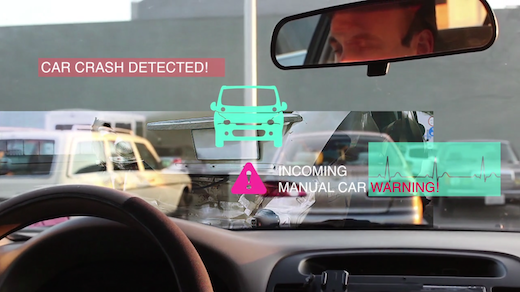
Still from Media Design Practices students Elaine Cheung’s and Shan Shen’s Connected Mobility.
Last week, Chevrolet announced that more than a dozen of its 2016 cars and trucks would be compatible with Apple’s CarPlay and Google’s Android Auto, the tech giants’ competing in-dash interfaces for vehicles that connect to the driver’s smartphone.
Considering both CarPlay and Android Auto were only publicly announced last year, the speed of Chevrolet’s adoption of these interfaces could signal a sea change in how quickly automakers respond to consumers’ demands.
Geoff Wardle, executive director of Art Center’s graduate Transportation Systems and Design program, says Silicon Valley’s forays into the transportation arena have lit the proverbial fire under Detroit.
“Traditionally the car industry has designed vehicles over a three- to four-year time period,” says Wardle. “But people want the same features in their cars that they have on their smartphones, which change every few months.”
Exploring technology’s future-facing frontier: Q&A with Interaction Design student Inae Song
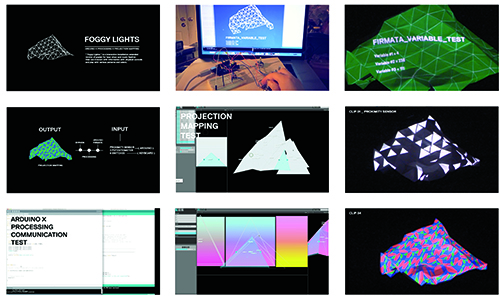
Foggy Lights, an interactive light show experience by Inae Song (work-in-progress shots).
Born and raised in Seoul, South Korea, Inae Song was drawn to the multidisciplinary Interaction Design program at Art Center as a field of possibility, a place to envision the future of design even beyond existing technologies and, she says, to apply without constraint all of her far-flung interests–architecture, computer science, art and digital products. Ultimately, says the co-creator of the Art Center Orientation App, what she’s really exploring is “what an interaction designer’s role in the real world might be.”
The Dotted Line: When did you first learn about Interaction Design as a creative discipline?
Inae Song: It was really hard to decide on a major, due to my wide interests. After I checked out Art Center and its new program, Interaction Design, I researched it and realized that I could combine everything together in this field where designers are not limited by a specific context and can extend their ideas to limitless media. That’s what made me want to come to Art Center.
Google designer Daniel C. Young cracks the code to less annoying, more delightful tech

Harvest is Daniel C. Young’s augmented reality mobile app for selective eaters
As a visual interaction designer with Google Creative Lab, 2012 Graphic Design alum Daniel C. Young can’t talk about the specifics of his confidential work. Rather he describes it in general terms, as “product vision, a kind of subfield within both visual design and interaction design. We design interfaces for a vision of what, for example, Google might do five years from now. It’s somewhere between a real product, real digital product design and science fiction.”
Soon after graduating and completing an additional Art Center Honors Term, Young landed his new job with remarkable speed. This self-described simplicity evangelist found his calling. “Let’s just say it this way: I feel like I’m impacting the actual direction of where everyday computing might happen and how to make technology less annoying and more kind of delightful and fun and playful.”
Watch the thrilling conclusions to the latest Myspace student video projects
This past spring, three students working in different disciplines (Photography, Graduate Transportation Design and Interaction Design) bravely chose to accept the challenge/opportunity (those last two words may as well be permanently fused—no slash necessary— when it comes to artistic endeavors) to reveal the agony and the ecstasy, the challenges and the epic fails that go into conceiving and creating a project over the course of a term. They had enlisted in Art Center’s ongoing collaboration with Myspace to highlight Art Center’s unique approach to creativity and diligently, digitally tracked his/her progress with a trio of videos shot at the beginning, middle and end of the creative journey.
Wearing your heart rate on your sleeve: Inside the wearable tech revolution
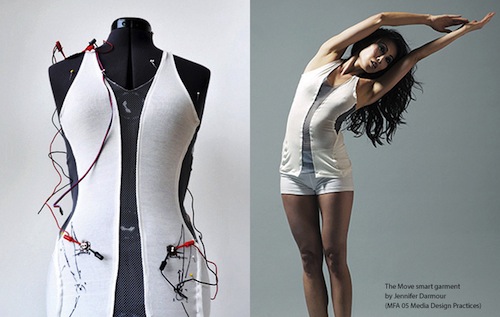
By now you’ve heard of Google Glass. But what about bracelets that measure sun exposure? Headphones that double as heartbeat monitors? Or jewelry that unlocks your front door? Are you ready for the dawn of smart watches, smart earrings, smart contact lenses and smart wigs? And no, that last one isn’t a joke.
The “wearables” field is in an early yet promising stage of its evolution. But Art Center, always striving to stay ahead of industry and cultural trends, has had wearables squarely in its sights for years. Today, our students, instructors and alumni are busy imagining where this technology might head next, creating the devices that are paving the way for the future, and questioning how a wearables-saturated world will change our behavior as human beings.

